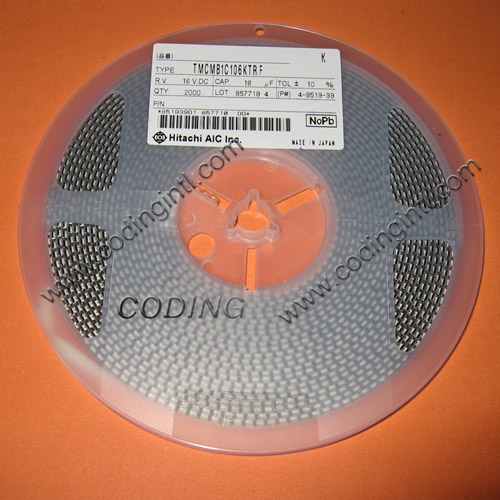Consumer Electronics Show 2010: Gizmos and Gadgets Galore
MY RECENT TRIP TO THE CONSUMER ELECTRONICS SHOW (CES) was interesting and fascinating. I’ve never seen so many gadgets and gizmos before. Three halls at the Las Vegas Convention Center — and two or three other hotels — were crammed with consumer electronics.
Among the gadgets were several universal battery chargers: that is, they feature a standard charger with various connector tips for several different battery-based devices. IDAPT, a Spanish company specializing in mobile energy technology, showed its portable charging systems. The IDAPT interchangeable tips are compatible with more than 3,500 devices (Apple, Garmin, Blackberry, Sony, Nintendo, etc.), making the IDAPT a completely customizable charging solution.
In the gizmo category, there was an Energy Saver Power Strip from DSI (Glendale, AZ). When any device — such as a TV — is plugged into its master socket and turned on, the other sockets on the strip are also powered. When you turn off the TV, it removes power from all the devices plugged into the power strip. Another power strip version used a USB port as the “master.” For example, it plugs into a computer’s USB port so that when the computer is turned off all the devices plugged into the power strip also turn off.
From what I saw at CES, 3D TV is a definite possibility. There was a 3D flat-screen TV that didn’t require special glasses. It provided a reasonably good 3D picture, although it wasn’t quite as good as the same TV with the special glasses.
The Robotics Tech Zone had some interesting products. In particular there was Pleo, a baby dinosaur robot that responds to audible commands. I was told that it cost $349, which sounds reasonable considering the amount of engineering involved.
The Basil and Wilma robots (from Gamma Two) are intended for basic functions and for wheelchair patients, respectively. All the user has to do is tell the robot to do something and it responds to the command. An engineer I talked with who has a background in human behavior as well as engineering and programming said the combination of those disciplines was necessary to design such a robot.
The Forager robot is intended for disaster searching/cleanup, and other similar tasks. Forager is an Omni-chassis autonomous robotic vehicle (ARV) from c-Link Systems, Inc. Locomotion is achieved by six individually controlled drives for brushless dc motors. Coincidentally, one of the product engineers I talked to said he receives Power Electronics Technology.
I went to the e-Books Tech Zone to learn more about them, and to also see if they can be used for magazines like Power Electronics Technology. E-Books use electronic paper displays (EPDs) that give the reader true book-like viewing of black and white text and figures. However, cost is still high and they do not provide color yet, so it is not economically feasible to use for magazines such as Power Electronics Technology. Individual reprints of articles can be provided more cost effectively with a PDF file or hardcopy. I decided that about the only thing that might make sense in the future is a full year of articles from Power Electronics Technology that could be downloaded or stored on a memory chip. Among features useful for technical material are scalable font sizes, annotation, and keyword searches. Batteries in virtually all e-Books are rechargeable Li-ion.
I didn’t write about in my report on CES, but the people at Analog Devices’ Greensboro, NC facility have done quite a shrink job on an IC intended for video applications. Their chip must have been about ¼-in. square of silicon with a black coating on top and 49 chip-scale solder bumps on the bottom. And, it is a relatively low-power IC.
This article by blogcoding original compilation, please indicate the source:http://www.codingintl.com/blog/814.html





Post a comment